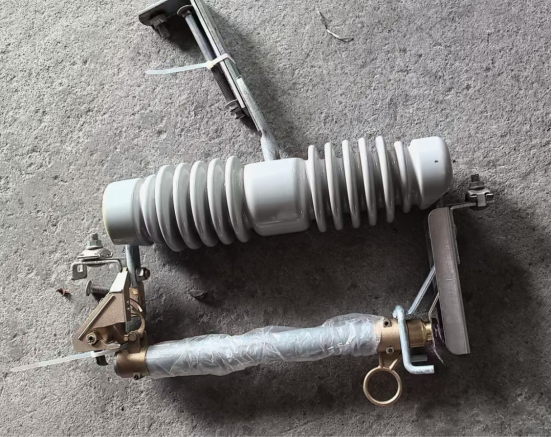
Let’s cut to the chase: you’re not just buying a fuse. You’re buying insurance.
Think of a RW12-15 dropout fuse as your grid's firefighter. Its sole job is to sacrifice itself during a power surge (a "fire"), protecting expensive transformers and lines. A cheap, uncertified fuse is like a firefighter with a faulty hose—it might look the part, but it will fail when you need it most, and the "fire" spreads.
The goal isn't to find the lowest price. It's to find the fuse that won't cost you 10x more in downtime, fines, and explosions.
---
The Compliance Trap: "They Look the Same on Paper"
This is the 1 mistake. Two Fuses can have the same "RW12-15" label. But one is a precision-engineered safety device; the other is a metal tube that will get your shipment seized at customs.
The Analogy: Buying a Rolex vs. a fake from a street market. They might tell the same time for a week. But one is built with proven materials to last a lifetime under stress. The other is a liability.
For RW12-15 fuses, the "movement" inside is its breaking capacity—its ability to safely extinguish a massive electrical arc without exploding. A non-compliant fuse can literally blow up, turning a small fault into a catastrophic failure.
Your 3-Step Compliance Vetting Guide:
1. Demand the Lab Report, Not Just the Logo.
Any supplier can slap a CE or IEC mark on a box. Smart buyers ask for the specific Type Test Report (e.g., per IEC 60282-1) from an accredited, independent lab (like KEMA, ASTA, or IPH). This report is the fuse's medical chart—it proves it passed the stress tests.
2. Decode the Nameplate Like a Pro.
Don't just see "12.5kA." Understand what it means.
`R = Rating | W = Outdoor | 12 = 12kV | 15 = 15kA Breaking Capacity`
If your grid’s potential fault current is 10kA, a 12.5kA fuse is cutting it too close. A true 15kA rating provides a safety buffer. This is where cheap fuses cheat—their actual breaking capacity is often lower than advertised.
3. Ask the "Dumb" Question That Reveals Everything.
"Show me your fuse's X-ray."
Okay, not a real X-ray. But ask for the internal construction diagram. A quality fuse has a precision-wound element, arc-extinguishing sand, and robust contacts. A bad one is hollow and crude. This one question separates serious manufacturers from box-stuffers.

---
The "Total Cost of Ownership" Calculator (The Only Math That Matters)
Stop looking at the unit price. Start calculating this:
Real Cost = (Fuse Price) + (Failure Risk Cost) + (Compliance Failure Cost)
Failure Risk Cost: Probability of failure × (Crew cost + Downtime cost + Equipment damage cost). A failed fuse rarely fails alone.
Compliance Failure Cost: Probability of customs seizure × (Shipping loss + Fines + Project delay penalties).
Example: The "Bargain" That Cost $20,000
A team bought "$50 fuses" instead of "$150 certified fuses." Saved $10,000 upfront. Then:
One fuse failed catastrophically, damaging a $15,000 load-break switch.
A shipment was held by EU customs for lacking proper documentation, causing a 2-week project delay ($5,000 penalty).
Total "savings" became a $20,000 loss.
The certified fuses? Zero incidents.
---
The Procurement Cheat Sheet
Action | Amateur Move | Pro Move |
Vetting | Asks: "Is it CE certified?" | Asks: "Show me test report from which lab?" |
Sourcing | Shops on Alibaba by price | Uses Google search: "IEC 60282-1 certified fuse manufacturer" |
Cost Analysis | Compares Excel quotes | Models TCO using the failure risk formula above |
Bottom Line:
You wouldn't buy fake airbags for your company cars to save money. Don't do it with your electrical grid.
>> Professional buyers don't source parts. They source certified performance and predictable outcomes.
Want to talk TCO? [Contact Our Procurement Experts]

Oil&Gas exploited
Automotive Manufacturing
Transportation & Dlistrlbutlon
Manufacture
Industrial Construction
Green Energy
Copyright ? 2024 All Rights Reserved
Back to top 
Comment
(0)